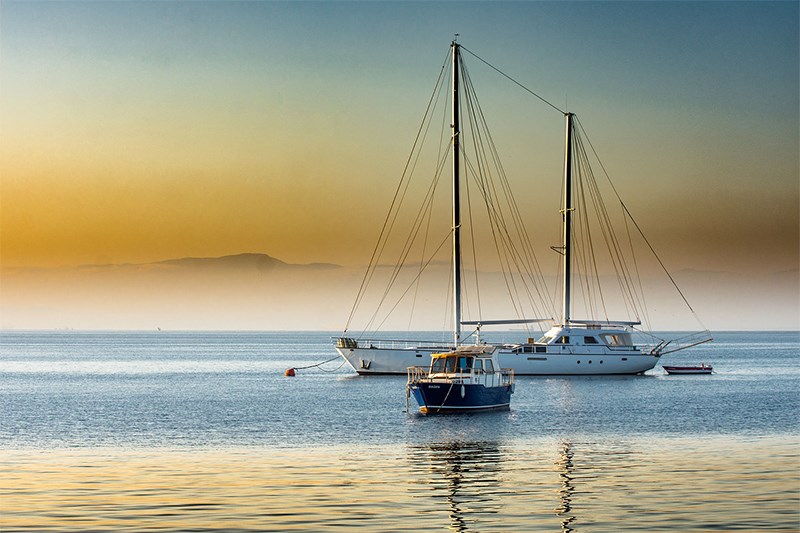RCMP are warning boaters to be aware of potentially deadly carbon monoxide gas build-up in vessels after two children lost consciousness in a cabin during an excursion to Indian Arm on the long weekend.
While returning to a North Vancouver marina Monday, the children, aged 7 and 10, went down below in the cabin of the boat while three adults stayed up on the outer deck. At approximately 9 p.m. one of the parents checked on the children and found them groggy and unresponsive. They were quickly brought up into the fresh air where they regained consciousness.
Emergency personnel met the boat at the marina where the two children were given oxygen and taken to the local hospital, where they were assessed and released.
They are expected to make a full recovery.
A preliminary investigation shows that carbon monoxide had leaked from the inboard engine compartment into the cabin where the children where resting, according to North Vancouver RCMP.
“Thankfully this incident did not end up more tragic than what it did,” stated Cpl. Richard De Jong in a press release. “This week is National Safe Boating Awareness Week and police are reminding all boaters to be safety minded while on the water — especially being aware of carbon monoxide poisoning.”
Carbon monoxide is a potentially deadly gas produced anytime a carbon-based fuel, such as gasoline, propane, charcoal or oil burns.
Cold or poorly tuned engines produce more carbon monoxide than warm, properly tuned engines. Installing a carbon monoxide detector in each accommodation space on your boat is a good safety measure. Do not confuse carbon monoxide poisoning with seasickness, intoxication or heat stress. If someone on board complains of irritated eyes, headache, nausea, weakness or dizziness, immediately move the person to fresh air.
The best precaution against carbon monoxide poisoning is to keep fresh air flowing through the vessel.



